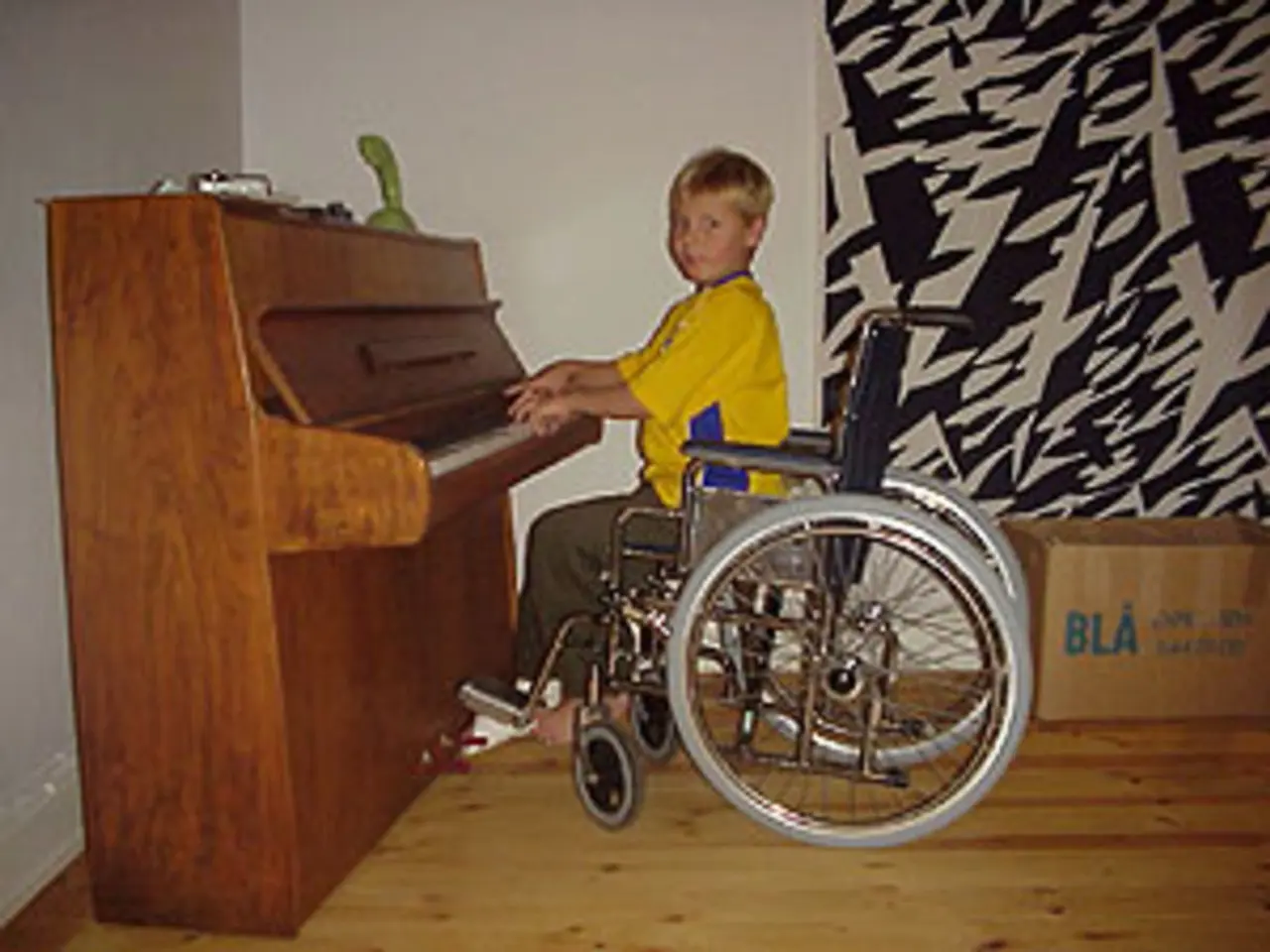Autism Spectrum Disorder: Understanding the Lifelong Condition and Its Early Signs
Autism Spectrum Disorder (ASD) is a neurodevelopmental condition that affects communication, social interaction, and behavior. It's diagnosed when symptoms appear in both categories: communication and social interaction, and restricted or repetitive behaviors. ASD can be identified as early as 12 to 24 months, with some symptoms like delayed language or social development appearing before age 5.
ASD symptoms can include difficulty talking, limited speaking skills, or unusual speech patterns. Children with ASD may struggle to share emotions or maintain conversations. They might also exhibit repetitive movements or obsessive interests. These symptoms can vary widely, leading to the term 'spectrum' disorder. ASD was first described in the 1940s by Hans Asperger in Vienna and Leo Kanner in the United States. Today, high-profile figures like Greta Thunberg are known to have ASD. Organizations like Autismus Deutschland e.V. support individuals with ASD in countries like Germany.
ASD is a lifelong condition, but early intervention and support can greatly improve outcomes. Research suggests that genetic and environmental factors may contribute to its development. As understanding and awareness of ASD grow, so does the need for inclusive societies that accommodate the unique strengths and challenges of those on the autism spectrum.





